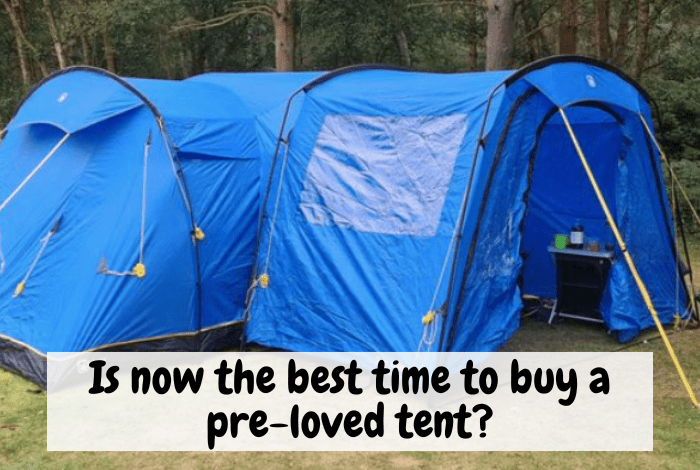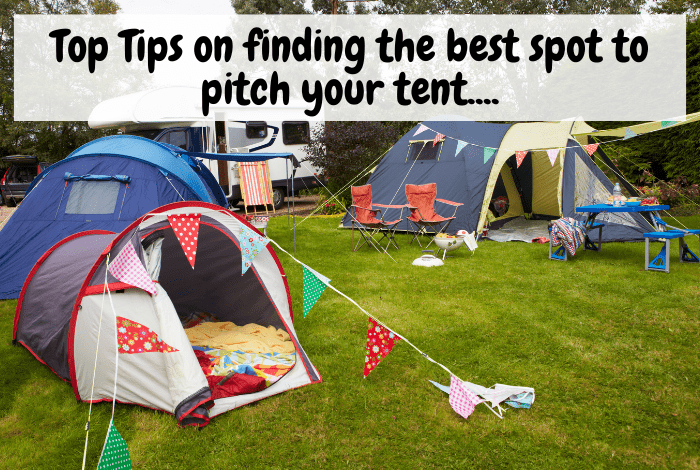Wondering what should a newborn wear to bed? Dressing your newborn for sleep ensures their safety and comfort. This guide covers room temperature, types of sleepwear, and layering tips for a restful night.
Key Takeaways
- Choosing appropriate sleepwear for newborns prioritizes their safety and comfort, minimizing hazards and promoting quality sleep.
- Maintaining an ideal room temperature and using suitable layers of clothing are essential for preventing overheating and ensuring a safe sleep environment.
- Selecting safe fabrics and caring for newborn sleepwear properly is crucial to enhance comfort and reduce risks of skin irritation and overheating.
The Importance of Proper Sleepwear for Newborns

Choosing the right sleepwear is key to your newborn’s safety and comfort during baby sleep. Newborns sleep between 16 to 17 hours daily, so quality sleepwear is crucial. It provides comfort and reduces risks like choking hazards by minimizing embellishments.
Safety and comfort should always come first. Soft materials in sleepwear enhance a baby’s sleeping comfort, ensuring a good night’s sleep. Minimizing risks and creating a restful sleep environment are key components of the right sleep garment for a newborn.
Selecting the right sleepwear impacts both your newborn’s comfort and safety. Proper sleepwear helps babies sleep soundly, benefiting from the restorative power of sleep essential for growth and development.
Setting the Right Room Temperature for Newborn Sleep

A safe sleep environment for your newborn includes maintaining an ideal room temperature. Recommended temperatures range between 16 to 20 degrees Celsius (60.8 to 68 degrees Fahrenheit), ensuring the baby is neither too hot nor too cold.
A stable temperature is crucial. Overbundling increases the risk of Sudden Infant Death Syndrome (SIDS). In warmer months, lighter clothing helps maintain comfort. To check if your baby is too warm, feel the nape of their neck; if it’s sweaty, they may be too hot.
Adjust the room temperature using heaters, air conditioners, or managing drafts. A cosy setup with proper temperature and suitable sleepwear creates a safe sleep environment for newborns, helping them sleep peacefully.
Choosing the Right Layers for Your Newborn
Dressing your newborn for sleep means layering their clothing according to seasonal changes and room temperature. Layering allows for flexible addition or removal of clothing based on the temperature.
In colder seasons, layering with breathable sleepwear keeps the baby warm without excessive heat. In warmer months, breathable fabrics maintain airflow and prevent overheating. The optimal room temperature for infants is between 20 to 22 degrees Celsius (68 to 72 degrees Fahrenheit), which helps in monitoring the baby’s temperature.
Various types of sleepwear can help determine how many layers your baby needs. Options include sleepsuits, sleeping bags, sleep sacks, and lightweight cellular blankets, each with benefits depending on room temperature and season.
Using Sleepsuits
Sleepsuits, also known as onesies or sleepers, are versatile and comfortable for newborns. They help regulate temperature, providing warmth without overheating.
Sleepsuits keep babies warm while allowing ease of movement. They often feature a zip-up front for hassle-free nighttime changes. When choosing baby sleepwear, consider fabric and style to ensure comfort.
Sleeping Bags and Sleep Sacks
Sleeping bags and sleep sacks are excellent alternatives to loose blankets, reducing suffocation risk and keeping the baby warm throughout the night. They provide a safe sleep environment by preventing the sleeping bag from covering the baby’s face.
Choosing the right tog rating for sleep sacks is important. Lighter sleep sacks with lower tog ratings prevent overheating in summer, while thicker sleep sacks provide warmth in cooler temperatures. A well-fitting sleep sack keeps your baby snug and secure.
Lightweight Cellular Blankets
Lightweight cellular blankets are a practical choice for parents who prefer traditional bedding. They provide warmth without overheating, making them ideal for various temperatures.
Ensure lightweight cellular blankets are securely tucked under the baby’s shoulders, leaving the baby’s head uncovered to prevent suffocation. This method provides comfort and safety, allowing your baby to sleep soundly.
Identifying Signs of Overheating in Newborns
Overheating is a serious concern, linked to an increased risk of Sudden Infant Death Syndrome (SIDS). Recognising signs like flushed cheeks, a sweaty neck, and a rapid heartbeat can help prevent this risk.
If your baby shows signs of overheating, act quickly. Remove layers of clothing, adjust the room temperature, or apply a cool compress. These steps help cool down an overheated baby, ensuring safety and comfort.
Recognising When Your Newborn Is Too Cold
Being too cold is as dangerous as overheating. Signs of a cold baby include shivering, pale complexion, and cold skin. Frequent waking and increased fussiness can also indicate your newborn is too cold during sleep.
To warm a cold baby for sleep, add layers of clothing or adjust the room temperature. Ensuring your baby’s skin feels warm to the touch will help maintain their comfort and quality of sleep.
Swaddling Your Newborn Safely
Swaddling provides comfort and security for newborns, mimicking the snug environment of the womb. Swaddle safely to prevent risks of overheating and suffocation by using lightweight materials like thin muslin or cot sheets and avoiding additional bedding.
Swaddling should be snug around the shoulders but allow some movement. Stop swaddling once your baby begins to roll, typically between two to six months. Transition suits and bags can help your baby move from swaddling to independent sleep.
For added safety, consider alternatives like sleeping bags, which provide a secure and comfortable sleep environment without the risks associated with swaddling. Babies’ arms can be swaddled inside or outside, depending on their comfort.
Choosing Safe Fabrics for Newborn Sleepwear
The fabric of your newborn’s sleepwear significantly impacts their comfort and safety. Recommended fabrics include organic cotton and bamboo, known for their softness and breathability. Bamboo regulates body temperature and has moisture-wicking properties to keep newborns dry and comfortable.
Safe fabrics reduce risks of overheating and skin irritation. Cotton is durable and hypoallergenic, while wool provides warmth and breathability. Choosing these materials for your baby’s sleepwear ensures overall comfort and safety.
Safe Sleep Environment Tips

A safe sleep environment is essential for your newborn’s well-being. The safest sleeping arrangement for infants during the first six months is in their own cot or Moses basket, placed in the caregiver’s room. A firm, flat, and waterproof mattress is crucial for safety, especially when ensuring that the baby sleeps soundly.
Remove soft items like pillows or loose bedding from the cot to reduce the risk of suffocation and overheating. A fan for air circulation can also help reduce the risk of SIDS. Avoid co-sleeping if the caregiver is extremely tired or under the influence of substances causing drowsiness, following safe sleep guidelines.
Caring for Newborn Sleepwear
Proper care of newborn sleepwear maintains its safety and comfort. Use non-fragrant, hypoallergenic detergents to avoid skin issues. Avoid fabric softeners as they can compromise the flame-resistant properties of sleepwear.
Baby Dressing gowns
Baby dressing gowns keep your little one warm and cosy after bath time. These gowns, available for infants up to six months, should have sewn-on cords to minimise strangulation hazards. Ensure hoods do not obstruct the baby’s face to prevent suffocation risks. WahooGifts provides baby dressing gowns made from soft, breathable materials, perfect for keeping your little one warm after bath time. These gowns feature sewn-on cords for safety and are designed to prevent suffocation by ensuring hoods do not obstruct the baby’s face.
Always supervise your baby while they wear a dressing gown to ensure safety. Remember to dress your baby appropriately for comfort.
Summary
Choosing the right sleepwear and creating a safe sleep environment for your newborn is crucial. Proper sleepwear, appropriate room temperature, and recognising signs of discomfort can significantly impact your baby’s sleep quality and safety.
Implementing these best practices will help provide a secure and comfortable sleep environment, ensuring your baby gets the restful sleep they need for healthy growth and development.
Frequently Asked Questions
What is the ideal room temperature for a newborn’s sleep?
The ideal room temperature for a newborn’s sleep is between 16 to 20 degrees Celsius (60.8 to 68 degrees Fahrenheit), as this range helps ensure their comfort and safety. Maintaining this temperature can contribute positively to their overall sleep quality.
How can I tell if my baby is too hot?
Your baby’s flushed cheeks, sweaty neck, and rapid heartbeat are clear indicators of overheating. It is essential to monitor these signs to ensure their comfort and safety.
What should I use to swaddle my newborn?
To swaddle your newborn, it is advisable to use lightweight materials such as thin muslin or cotton sheets, while avoiding additional bedding for safety and comfort.
What fabrics are best for newborn sleepwear?
Organic cotton and bamboo are the best fabrics for newborn sleepwear due to their softness and breathability. These materials help ensure a comfortable sleep environment for your baby.
When should I stop swaddling my baby?
You should always stop swaddling your baby when they start to roll over, which usually occurs between two to six months. This ensures their safety and allows for greater mobility.
Don’t miss out on future posts like this – receive updates directly to your inbox by email by adding your email address here and hitting subscribe. You can also follow me on Twitter or BlogLovin and I’d love to see you over on my Facebook page and on Instagram. If you’re interested, you can find out more about me here and while I’ve got your attention, if you’re wondering why some of my posts lately are a little bit less frugal then have a read of this post.
This is a collaborative post.








 Logging you in...
Logging you in... Loading IntenseDebate Comments...
Loading IntenseDebate Comments...
